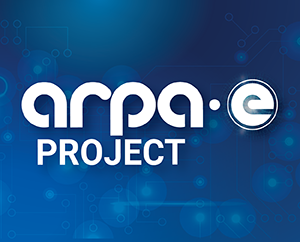Stochastic Nodal Adequacy Platform (SNAP)

Technology Description:
Tabors Caramanis Rudkevich’s (TCR) Stochastic Nodal Adequacy Platform (SNAP) will determine the value of resource adequacy for the electric power industry given significant penetration of intermittent and distributed generation. TCR and IBM’s The Weather Company are developing algorithms and software to stochastically value system adequacy by taking into account the weather-driven stochasticity of intermittent solar (utility and residential) and wind generation and weather-dependent variation in demand. SNAP is based on the premise that uncertainty in resource availability characterizes real-time utility operations. SNAP will probabilistically measure operational uncertainty and economic risk for system operators and asset owners to calculate individual contributions to system adequacy and produce a nodal adequacy pricing structure for consumers. SNAP will provide a statistically rigorous methodology for integration of intermittent resources into the system and for incorporation of the value and the cost of those resources (including those behind the meter) in system operations – improving both reliability and economic efficiency.
Potential Impact:
PERFORM projects will design methods and risk scores to clearly communicate the physical delivery risk of an energy asset’s offer and design grid management systems that organically capture uncertainty. These management systems will evaluate and hedge the system risk position to meet or exceed a baseline system risk index. This pursuit will achieve the following area impacts:
Security:
Optimal utilization of renewable and clean resources for all grid services improves grid reliability, reduces energy imports, and provides a sustainable path to energy independence.
Environment:
When low- or zero-emission assets provide all grid products and services, grid operations are no longer reliant on legacy, carbon-heavy centralized generation assets, which enables the grid to absorb more clean resources.
Economy:
Innovation in grid management will reduce consumer costs, increase the value of emerging technologies, and help achieve a clean and sustainable electric power sector. Merging risk techniques in power systems with those from finance and actuarial science enables further economic growth and redefines the role of electric power sector entities.
Contact
ARPA-E Program Director:
Dr. Jonathan Glass
Project Contact:
Dr. Richard Tabors
Press and General Inquiries Email:
ARPA-E-Comms@hq.doe.gov
Project Contact Email:
rtabors@tcr-us.com
Partners
Polaris Systems Optimization
Newton Energy Group, LLC
Midcontinent Independent System Operator (MISO)
Related Projects
Release Date:
09/19/2019
